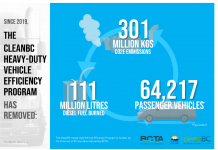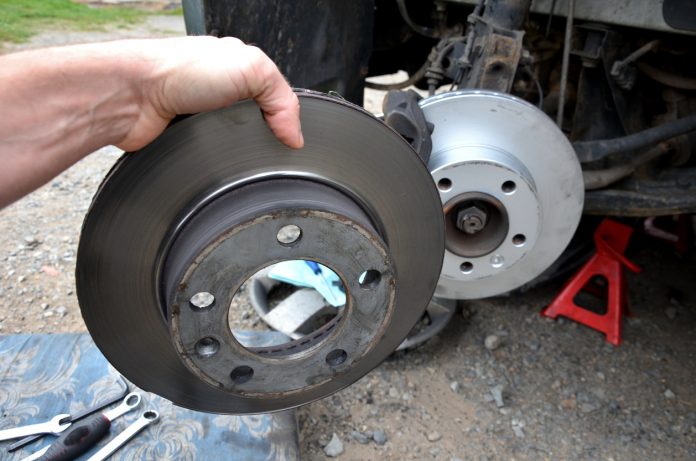The Commercial Vehicle Safety Alliance (CVSA) has scheduled this year’s Brake Safety Week for Aug. 20-26, with a focus on brake lining/pad violations.
During Brake Safety Week, commercial motor vehicle inspectors highlight the importance of brake systems by conducting inspections of their components and removing commercial motor vehicles found to have brake-related out-of-service violations from our roadways until those violations are corrected.
Throughout Brake Safety Week, CVSA-certified inspectors will conduct their usual inspections; however, in addition, they will be reporting brake-related inspection and violation data to the Alliance. CVSA will compile that data and publish a press release this fall with the results.
“The focus of this year’s Brake Safety Week is on the condition of the brake lining and pad,” said CVSA President Maj. Chris Nordloh with the Texas Department of Public Safety. “Brake lining and pad issues may result in vehicle violations and could affect a motor carrier’s safety rating.”
When inspectors conduct the brake portion of a Level I or Level V Inspection, they will:
Check for missing, non-functioning, loose, or cracked parts.
Check for contaminated, worn, cracked, and missing linings or pads.
Check for S-cam flipover.
Listen for audible air leaks around brake components and lines.
Check that slack adjusters are the same length (from the center of the S-cam to the center of the clevis pin) and the air chambers on each axle are the same size.
Ensure the brake system maintains air pressure between 90-100 psi (620-690 kPa) and measure pushrod travel.
Inspect for non-manufactured holes (e.g., rust holes, holes created by rubbing or friction, etc.) and broken springs in the spring brake housing section of the parking brake.
Inspect required brake system warning devices, such as anti-lock braking system (ABS) malfunction lamp(s) and low air-pressure warning devices.
Inspect the tractor protection system, including the bleed-back system on the trailer.
Ensure the breakaway system is operable on the trailer.
Brake safety awareness, education, and outreach are major elements of the Brake Safety Week campaign. CVSA has outlined the brake-system inspection procedure (noted above) so that drivers and motor carriers know exactly what inspectors will be checking during roadside inspections. This transparency aims to remind drivers and motor carriers to take proactive steps to ensure their commercial motor vehicles are safe and compliant with Federal Motor Carrier Safety Regulations. Improperly installed or poorly maintained brake systems can reduce the braking capacity and stopping distance of trucks or buses, which poses a serious safety risk.
Check CVSA’s vehicle inspection checklist for details on the brake portion of a Level I and Level V Inspection.
Download our 2023 Brake Safety Week flyer for 10 tips on keeping your brake lining/pad healthy.
View the inspection procedures.
View previous brake-safety campaign results.
Check the latest inspection bulletins. Currently, there are eight in the brakes category. Inspection bulletins provide important information to augment the existing inspection program.
CVSA’s Operation Airbrake Program is dedicated to improving commercial vehicle brake safety throughout North America. The goal is to reduce the number of highway crashes caused by faulty braking systems on commercial motor vehicles by conducting roadside inspections and educating drivers, mechanics, owner-operators, and others on the importance of proper brake inspection, maintenance, and operation.






















